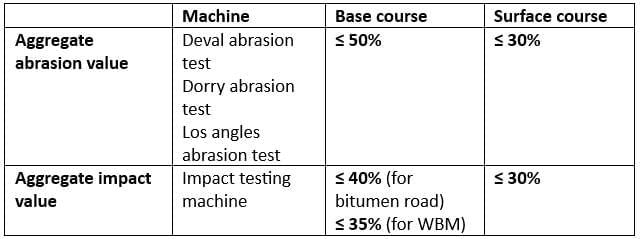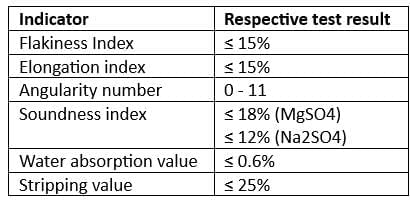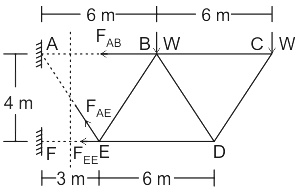MPPSC AE CE Mock Test - 3 - Civil Engineering (CE) MCQ
30 Questions MCQ Test - MPPSC AE CE Mock Test - 3
Which ‘hydel power project’ built by Madhya Pradesh state government has maximum power generation capacity in Madhya Pradesh?
Which of the following statements regarding irrigation in Madhya Pradesh is correct?
What is a key feature of the Sawalkote Hydroelectric Project?
What does the International Monetary Fund (IMF) predict for global economic growth in 2025?
Which river forms a boundary between Madhya Pradesh and Uttar Pradesh?
How much is India’s GDP growth expected to decrease due to the U.S. tariffs imposed on Indian imports?
'Panwari' language is spoken in which district of Madhya Pradesh?
Udayagiri caves are situated in which district of Madhya Pradesh?
What is the expected impact of the recent U.S. tariffs on Indian exports and economic growth?
What is a significant challenge to the perception of India's economic equilibrium?
The slenderness ratio of a steel column supported throughout its length by a masonry wall is
Provisions for contingencies and work-charge establishment are made as follows:
Force in the member BC of the truss shown in the figure below is
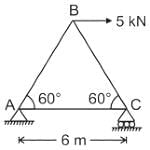
Water for irrigation supplied as per crop requirement throughout the crop period / year is called:
A steel column is restrained against both translation and rotation at one end and is restrained only against translation but free to rotate at the other end. Design (IS: 800 – 2007) values, of effective length factor of the column, are
Three pipes having diameter d1, d2 & d3 (d1 > d2 > d3) are connected in series. Identify the correct option pertaining to the flow through the pipes.
As per IS 383-1970, the crushing value of an aggregate used to cement concrete pavement should not exceed ________.
A cantilever truss is loaded as shown in figure. The force in the member AB is given by
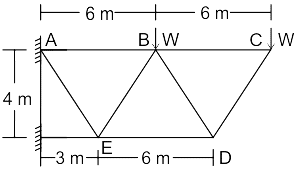
In case of synthetic unit hydrograph, which of the following relation was suggested by Synder relating standard duration (D) with the basin lag in hours (tp) ?




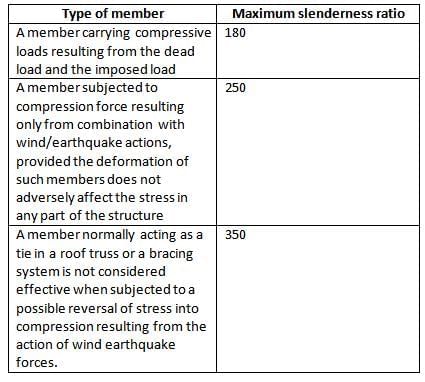

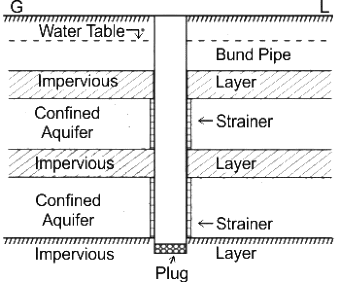

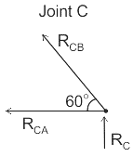

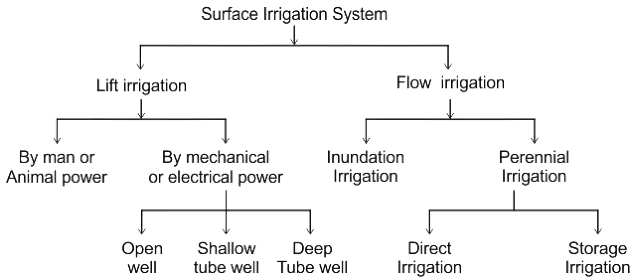
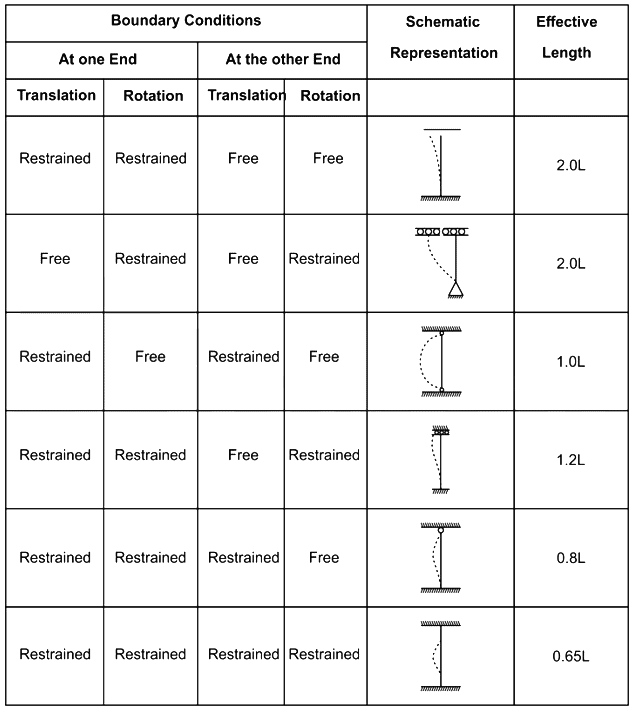
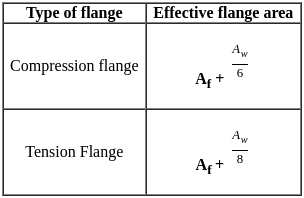
 = 220 mm2
= 220 mm2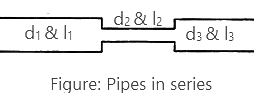

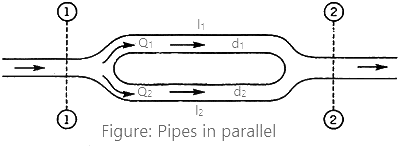
 ,
,

